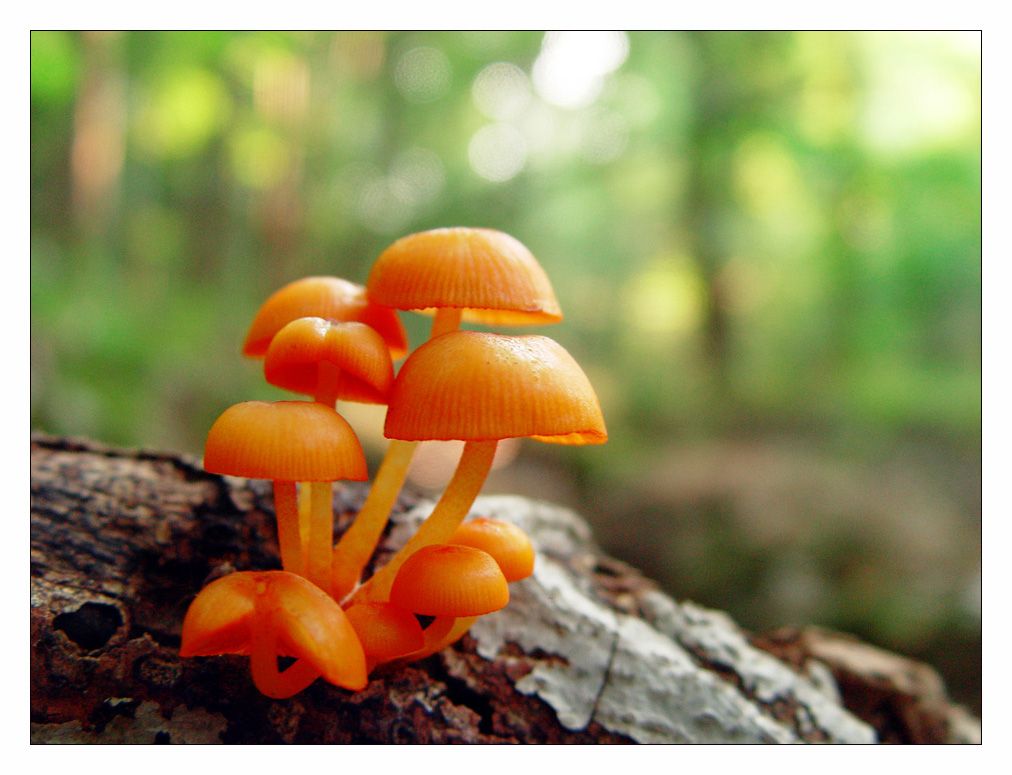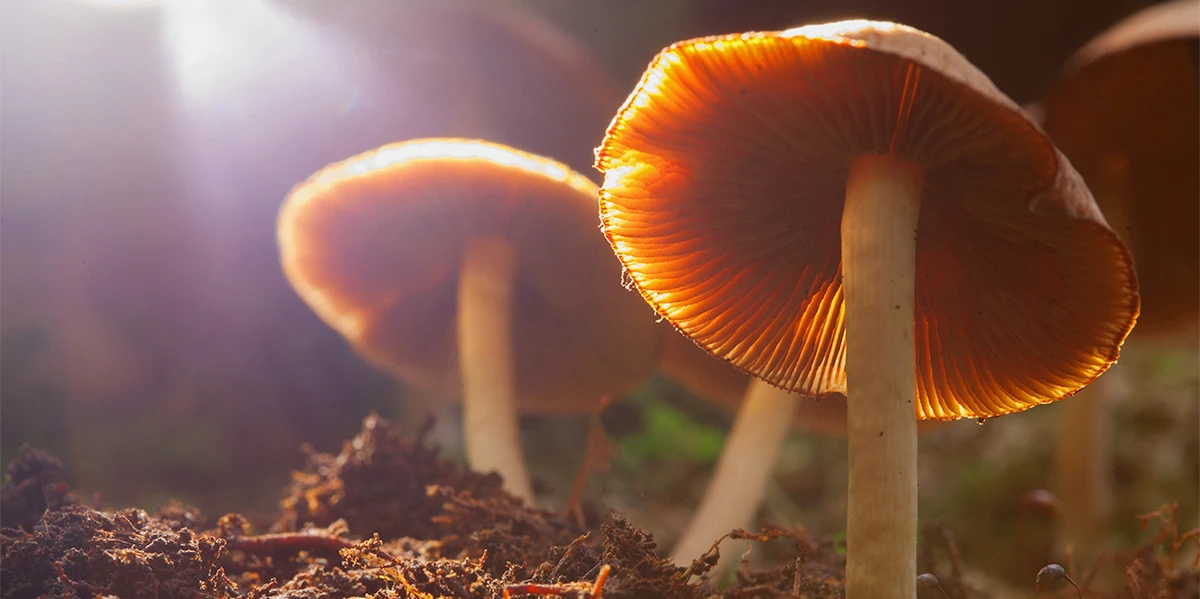Transforming your garden into a lush, vibrant haven requires diligent care and maintenance, especially when dealing with unwanted fungi like orange mushrooms. While mushrooms can be beneficial in breaking down organic matter, certain species can be toxic or harmful to plants and pets. This comprehensive guide will help you identify and remove orange mushrooms from your yard, ensuring a safe and healthy environment for your garden to thrive.
Identifying Orange Mushrooms
The first step in managing orange mushrooms in your garden is accurate identification. Common species include the Jack-o’-lantern mushroom Omphalotus olearius, which is known for its bright orange color and gill-like structures on the underside of its cap. Another species is the Orange Peel Fungus Aleuria aurantia, which resembles an orange peel with its cup-shaped body. Accurate identification is crucial, as some orange mushrooms are toxic. Observing the size, shape, gills, and habitat can help you determine the species. If in doubt, consulting a local mycologist or using mushroom identification apps can provide more clarity.
Understanding the Cause
Orange mushrooms thrive in damp, shady environments rich in organic material. They often emerge after rain or overwatering and can indicate decomposing wood or high organic matter in the soil. Understanding the underlying cause of orange mushrooms growth helps in addressing the problem effectively. By reducing moisture levels and removing decaying organic matter, you can create an environment less conducive to mushroom proliferation.
Safe Removal Techniques
Removing orange mushrooms from your garden requires a careful approach to avoid spreading spores. Here are effective and safe methods:
Manual Removal
- Protective Gear: Wear gloves to protect your skin from potential toxins.
- Careful Uprooting: Gently twist and pull the mushrooms from the base, ensuring you remove the entire structure, including the underground mycelium.
- Disposal: Place the removed mushrooms in a sealed bag and dispose of them in the trash. Avoid composting, as this can spread spores.
Soil Treatment
- Reduce Moisture: Adjust your watering schedule to allow the soil to dry out between watering. Ensure proper drainage to prevent waterlogging.
- Aeration: Aerate the soil to improve air circulation and reduce dampness.
- Organic Matter Management: Remove any decaying wood, leaves, or mulch where mushrooms are growing. Replace old mulch with fresh, non-organic mulch if necessary.

Chemical Treatments
For persistent mushroom problems, chemical treatments may be necessary. Fungicides specifically designed for mushrooms can be applied, but they should be used sparingly and according to the manufacturer’s instructions to avoid harming plants and beneficial soil organisms.
Preventative Measures
Preventing the re-emergence of orange mushrooms involves maintaining optimal garden conditions. Here are some preventative strategies:
- Regular Maintenance: Regularly rake and clean your garden to remove debris and fallen leaves.
- Proper Watering: Water plants in the morning to allow the soil to dry during the day, reducing the chances of creating a moist environment.
- Sunlight Exposure: Increase sunlight penetration by trimming overgrown plants and trees, reducing shaded areas where mushrooms thrive.
- Soil Health: Maintain healthy soil by adding compost and organic matter judiciously. Healthy soil supports plant growth and reduces the likelihood of mushroom infestations.
By identifying and understanding the causes of orange mushrooms in your garden, you can effectively remove and prevent their return. Through a combination of manual removal, soil treatment, and preventative measures, you can transform your garden into a safe, beautiful, and mushroom-free space. Regular maintenance and proper garden care are key to ensuring a thriving outdoor environment.

